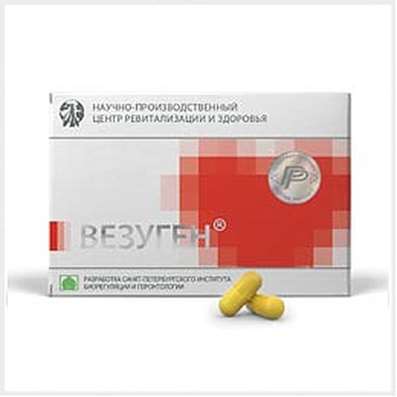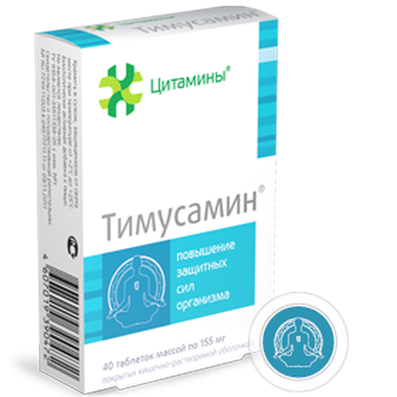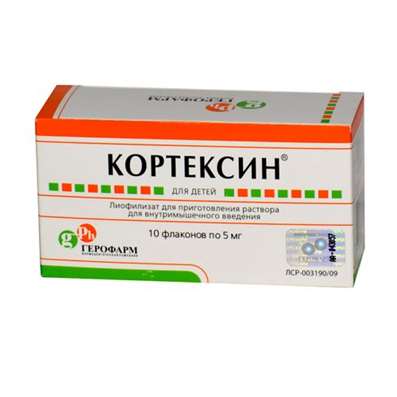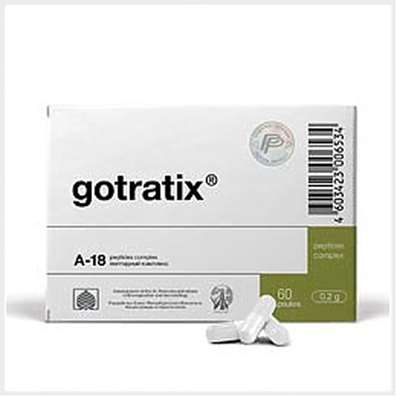Instruction for use: Travatan
I want this, give me price
Dosage Form:eye drops
Active substance: Travoprost*
ATX
S01EE04 Travoprost
Pharmacotherapeutic groups:
Prostaglandins, thromboxanes, leukotrienes and their antagonists
Ophthalmic agents
The nosological classification (ICD-10)
H40.0 Glaucoma suspected: Severe elevation of intraocular pressure; Hypertension of the eye; Eye hypertension; Measurement of intraocular pressure; Ophthalmic Hypertension; Increased IOP; Increased intraocular pressure; Increased intraocular pressure in infectious diseases of the eyes; Increased intraocular pressure; Increased ophthalmotonus; Spontaneous blockade of the angle of the opposite eye; Narrow chamber angle; Iatrogenic blockade of the angle of the opposite eye
H40.1 Primary open angle glaucoma: Open-angle glaucoma; Open angle glaucoma; Primary glaucoma; Pseudoexfoliation glaucoma; Increased IOP
Composition and release form
Eye drops 1 ml
Travoprost 0.04 mg
Auxiliary substances: macrogol glyceryl hydroxy stearate (synonymous with polyoxyethylene hydrogenated castor oil 40 - HCO-40); Benzalkonium chloride solution (equivalent to benzalkonium chloride); Disodium edetate; boric acid; Trometamol; Mannitol; Sodium hydroxide and / or hydrochloric acid concentrated - to adjust the pH; purified water
In bottles-droppers plastic for 2.5 ml (with the dispenser "Drop Tainer ™"); In packages of aluminum foil 1 or 3 bottles, in a pack of cardboard 1 package.
Description of dosage form
Transparent or opalescent solution from colorless to slightly yellow in color.
Pharmacology
Mode of action - antiglaucoma.
Pharmacodynamics
Travoprost, a synthetic analogue of PGF2a, is a highly selective agonist of PR prostaglandin receptors and reduces intraocular pressure by increasing the outflow of aqueous humor. The main mechanism of action of the drug is associated with an increase in uveoscleral outflow.
Intraocular pressure decreases approximately 2 hours after application, and the maximum effect is achieved after 12 hours.
Pharmacokinetics
Travoprost is absorbed through the cornea of the eye, where hydrolysis of travoprost occurs to a biologically active form - travoprost acid. Cmax of travoprost in blood plasma is reached within 30 minutes after topical application and is 25 pg / ml or less.
Travoprost is quickly removed from the plasma, within an hour the concentration drops below the detection threshold (<10 pg / ml).
Travoprost is excreted as inactive metabolites mainly with bile (61%), the rest is excreted by the kidneys.
Indications for the drug Travatan
Reduction of increased intraocular pressure under the following conditions:
Open-angle glaucoma;
Increased ophthalmotonus.
Contraindications
Individual hypersensitivity to the components of the drug;
Children's age till 18 years.
With caution: risk factors for the development of macular edema (aphakia, pseudofakia, damage to the posterior capsule of the lens), acute iritis, uveitis.
Application in pregnancy and breastfeeding
Travatan is contraindicated in women during pregnancy. Sufficient experience in the use of the drug during lactation is not present. It is possible to use Travatan for the treatment of nursing mothers as prescribed by the treating physician if the expected curative effect exceeds the risk of developing possible side effects for the child.
Side effects
In 35% of cases, a transient, mild hyperemia of the conjunctiva is observed, taking place without additional therapy over time.
In 5-10% of cases - reduced visual acuity, a feeling of discomfort and "foreign body sensations," pain, itching, burning sensation in the eyes.
In 1-4% of cases - visual disorders, blepharitis, fog before the eyes, cataracts, conjunctivitis, dry conjunctiva, changes in color of the iris, keratitis, crust formation on the edges of the eyelids, photophobia, subconjunctival hemorrhages and increased tearing.
Systemic side effects are observed in 1-5% of cases: general anxiety, headache, depression, increased or decreased blood pressure, bradycardia, angina pectoris, chest pain, arthritis, back pain, flu-like syndrome, sinusitis, bronchitis, hypercholesterolemia, dyspepsia, Urinary incontinence and urinary system infection.
Interaction
Travatan can be used in combination with other local ophthalmic drugs to reduce intraocular pressure. In this case, the interval between their use should be at least 5 minutes.
Dosing and Administration
In the conjunctival sac. 1 drop per day, evening. More frequent use of the drug may lead to a decrease in its effectiveness.
Overdose
Symptoms: irritation of the mucous membrane of the eye, hyperemia of the conjunctiva or episclera.
Treatment: symptomatic.
Special instructions
Travatane can cause a gradual change in eye color by increasing the amount of brown pigment in the iris. This effect is mainly seen in patients with a mixed color of the iris, for example, blue-brown, gray-brown, green-brown or yellow-brown, which is explained by the increase in melanin in the stromal melanocytes of the iris. Typically, brown pigmentation spreads concentrically around the pupil to the periphery of the iris of the eyes, while the entire iris or parts of it can acquire a more intense brown color. In patients with uniformly colored eyes of blue, gray, green or brown colors, eye color changes after two years of use of the drug were very rare. The color change is not accompanied by any clinical symptoms or pathological changes. After the drug was discontinued, there was no further increase in the amount of brown pigment, but the already developed color change may be irreversible. In the presence of nevi or lentigo on the iris, their changes were not observed under the influence of Travatan therapy. The drug can cause darkening, thickening and lengthening of eyelashes and / or an increase in their number; Rarely - darkening of the skin of the eyelids.
Before starting treatment, patients should be informed about the possibility of changing eye color. Treatment of only one eye can lead to permanent heterochromia.
Travatan contains a preservative - benzalkonium chloride, which can be absorbed by contact lenses. Before instillation of the drug, the lens should be removed. Set back no earlier than 20 min after instillation of the drug.
The bottle must be closed after each use. Do not touch the tip of the pipette to the eye.
MANUFACTURER
S.a. Alcon-Cuwrer i.v., B-2870 Puurs, Belgium.
Storage conditions of Travatan
At a temperature of 2-25 ° C.
Keep out of the reach of children.
Shelf life of Travatan
3 years.
Do not use beyond the expiration date printed on the package.

 Cart
Cart





